The fallen leaves crunch under my feet as I walk down the path from the Administration building to the Homespun Gift Shop. The sunlight has a strobe effect through the newly barren limbs. I pull my jacket snug in front and wish I had remembered a hat.
John the potter hollers a friendly, “Hello,” from the front of his workshop. I reply in kind and continue on my errand. It’s a typical relaxed November afternoon at the Ozark Folk Center.
The Ozark Folk Center State Park is in Mountain View, Arkansas. This energetic little town has less than 3,000 residents. It is hard to reach and not really on the way to anywhere. However, the creativity of the mountain music and crafts and the genuine friendliness of the residents offered here draw many thousand visitors over steep and winding Ozark roads every year.
I’ve often said that local people are so friendly because it is so hard to get here. Whenever someone makes the effort to visit with us, we let them know how much we appreciate it by smiling, talking their ears off and offering to feed them.
As the trees lose their leaves and the days get shorter, visitors to the area seem to disappear. The area does have one winter event that is incredibly popular, Caroling in the Caverns at Blanchard Caverns, so people do venture into these hills in November and December. But we wanted to find a way to connect those visitors to our town, and to draw others to our relaxing holiday atmosphere. Ozark Folk Center staff members got together with local bed and breakfast owners, town merchants and other crafts people to try to bring people to our area in the winter months.
We started working on this project three years ago. Each group planned separate events and did separate promotions. Some events worked and some failed to draw people in. This year we worked on coordinating and cooperating as much as possible on winter events. We published a combined winter schedule and printed 10,000 rack cards which were distributed throughout the state. The events listed range from the Handmade Christmas Folk School classes here at the Ozark Folk Center State Park to the local churches candlelight services and the Christmas Tree lighting on the historic courthouse square. We want to share our relaxed version of the holidays with people.
Here at the Ozark Folk Center, we do slow down for the winter, just like the natural world, but we have some of our most treasured events in the winter months. These include:
1. Thanksgiving buffet and Ozark Holidays Craft Show
2. Loco Ropes tree top adventures
3. Extended Season in the Craft Village
4. Christmas Feast and holiday weekend
5. January and February cooking classes
6. Valentines get-away with Cupid in the Caverns
8. Spring Bluegrass & Handpicked and Handmade Craft Show
9. Ozark Folk School, sessions 1 and 2
10. Our Cabins at Dry Creek are open year-around.
11. See more below…
Our winter weather can be rough at times, but much of the winter is sunny and gentle. Gathering firewood is our Sunday afternoon family chore. We do it in the winter, because the weather is cool, the bugs are gone and you can see to get around in the woods. It is a rare Sunday when we cannot make our trek into the forest because of weather.
A friend recently asked me what my favorite season of the year was.
I replied “Fall. The weather is cool, the leaves are beautiful, its harvest time in the garden and breeding season for the sheep and goats. It’s fall shearing time for the angora goats and I have such beautiful new fleeces to spin!”
But after thinking about it, I realized I would have said “Spring” in that season, or “Summer” in June, July and August. I love winter when it is cold and the days are short and the leaves are off the trees and you can see all the beautiful vistas that hide in the other seasons. The Ozarks are always beautiful and I love all four of our seasons.
Many people don’t think of enjoying their state parks in the winter, but it is a wonderful time to visit them here in Arkansas. Events and hours may be different than they are during the rest of the year, so contact the park before heading out to visit.
Jeanette Larson has been a fiber artist all her life, weaving the threads of her art through her careers in journalism and management. In 2006 the fates conspired to send her to the Mountain View area and settle her in her niche as Craft Director at the Ozark Folk Center, where her passion for handwork and the people who use their hands to create has brought new life to the old ways.
More stuff happening in Mountain View and the Ozark Folk Center State Park (click for larger image):


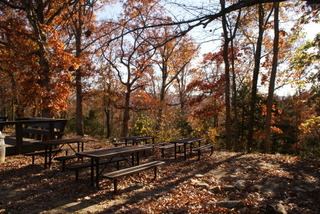





 Posted by Arkansas State Parks
Posted by Arkansas State Parks 

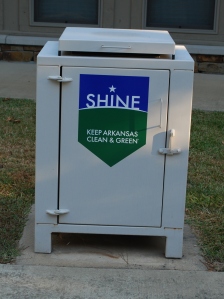
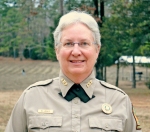

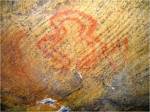
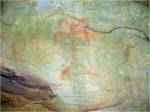

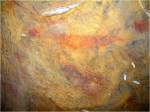




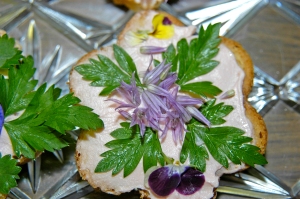



 Facebook
Facebook Twitter
Twitter YouTube
YouTube
